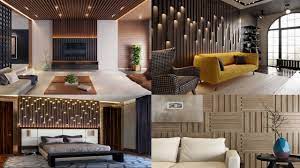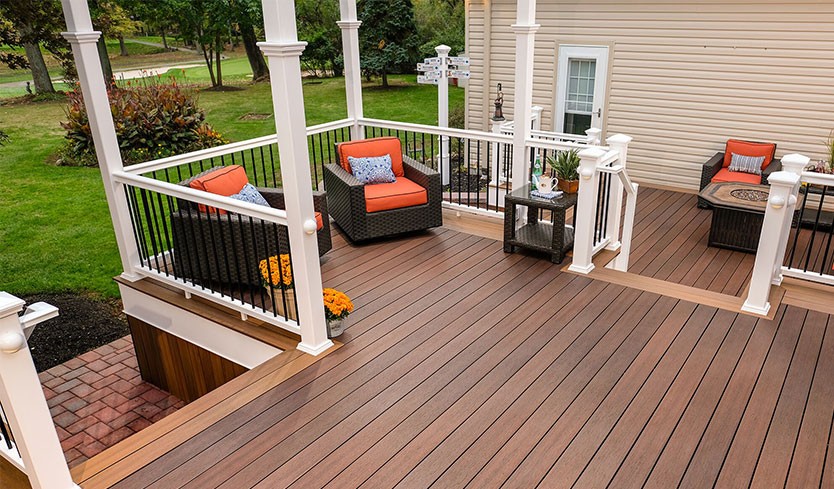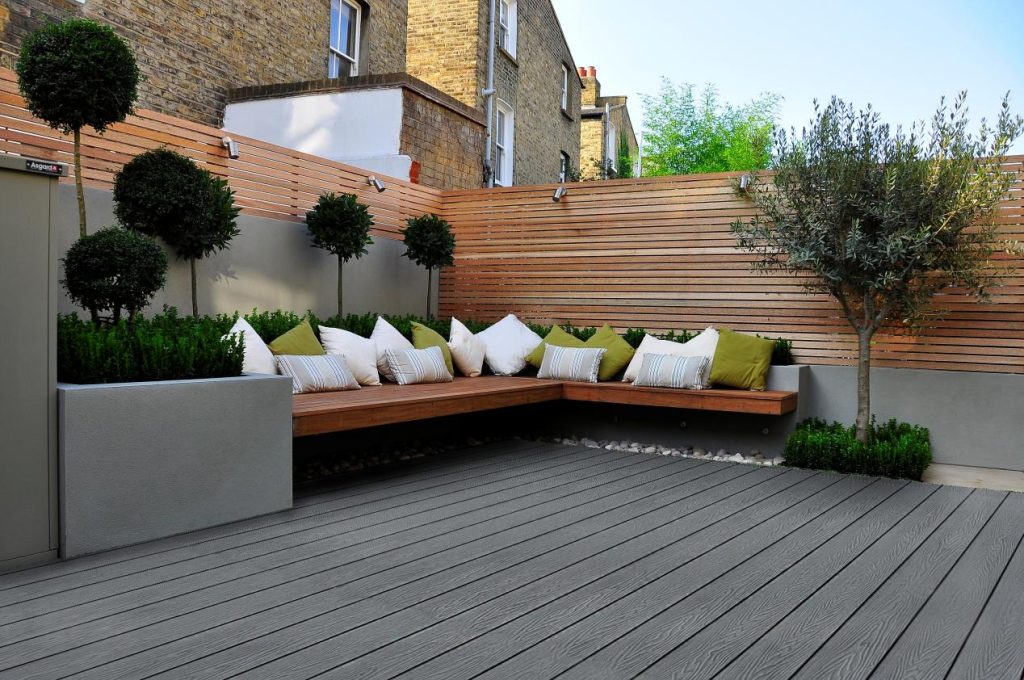Wood-Plastic Composite Boards For Indoor UseWood-plastic composite material has homogeneous material, more stable size than wood, less prone to cracks, and no wood knots, twill and other defects; it has the processability of thermoplastics, extrusion, injection molding and other processes can be used for molding, and equipment wear is minor;The product can be pressed into a tongue-and-groove shape, three-dimensional pattern and other required openings without complicated secondary processing; various colorful products can be made by adding colorants, painting or laminating processes; light weight, easy to produce Low energy consumption; easy processing, can be sawed, planed and bonded, or fixed with nails and bolts, which can be completed with woodworking tools, and the nail holding power is significantly better than other synthetic materials; no need to use toxic chemicals for treatment, It does not contain formaldehyde; it has the appearance of wood and has a higher hardness than plastic products; it can be reused and recycled after being discarded, and it can be biodegraded, which is conducive to environmental protection and many other advantages. Nevertheless, there are also some apparent areas for improvement, such as high density, high price, and inability to absorb toxic and harmful gases. Therefore, its scope of use is mainly limited to outdoor use, but it has yet to be fully applied in interior decoration. What is contradictory to it is that with the rapid development of my country’s economy, the demand for interior decoration materials is increasingly intense. Therefore, modifying the traditional wood-plastic composite materials is indispensable to meet interior decoration needs. The development of high-performance wood-plastic composite panels has efficient value.

The key to the structuralization, functionalization, and high-grade of wood-plastic composite materials is to strengthen the research on the interaction between wood powder and plastics, comprehensively use modern research methods to study the composite laws between fiber and resin, such as interphase chemical bonds, interphase microstructure, interface acid-base reaction, etc. Systematic research on surface wetting and surface wetting can establish and improve the theory of blending and compounding of wood flour filling early. In addition, due to the use of many additives to improve the processing performance and durability of the product, the formulation becomes more and more complex, and the research on avoiding side effects between additives is of great significance. In short, high-performance wood-plastic composite material is a promising environment-friendly material, and its processing technology will become increasingly mature and diversified.







